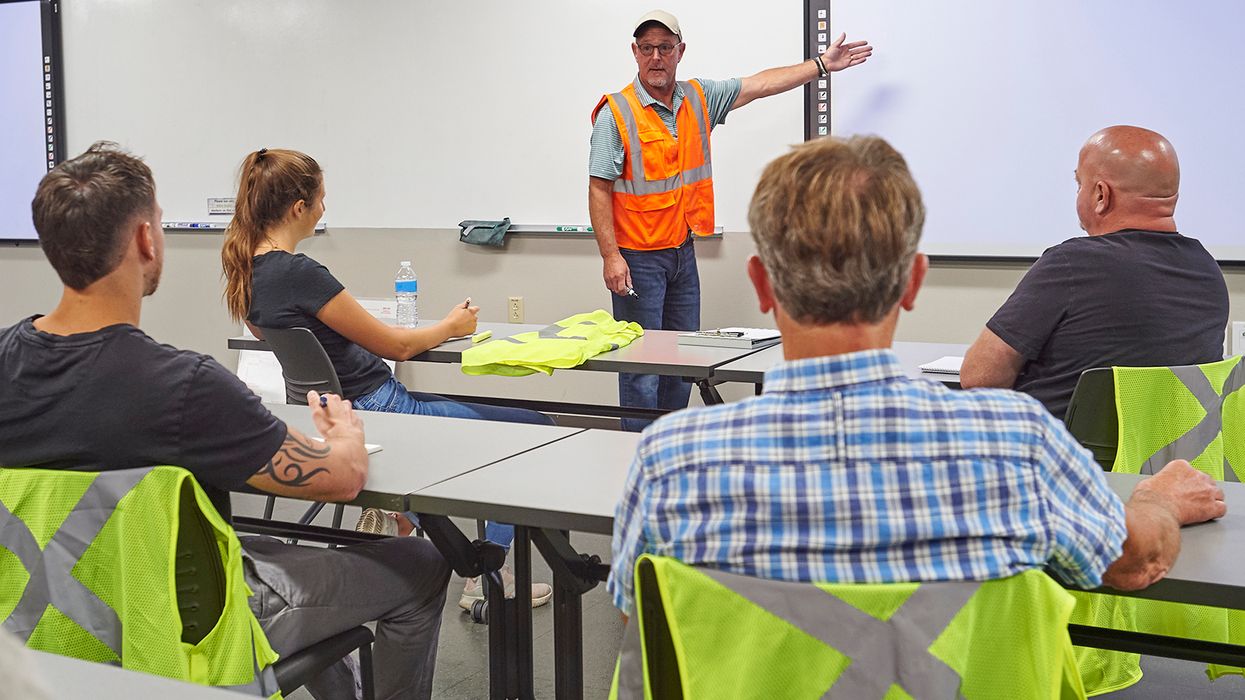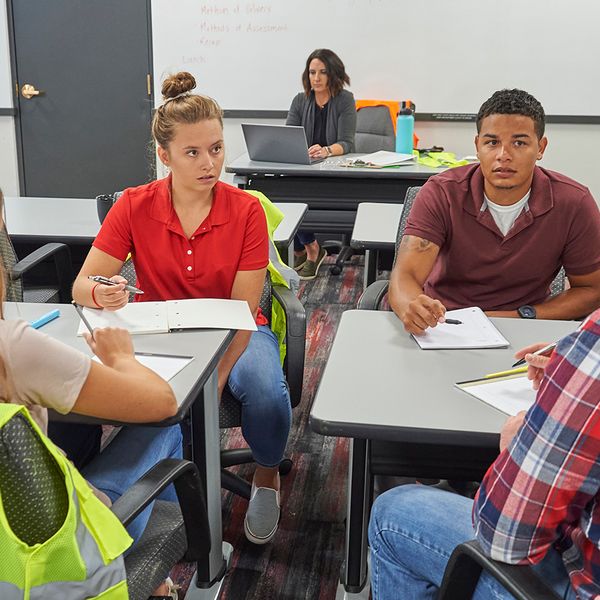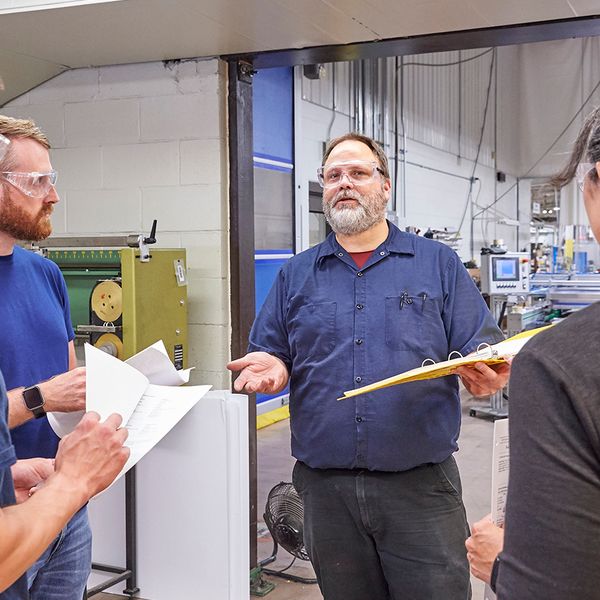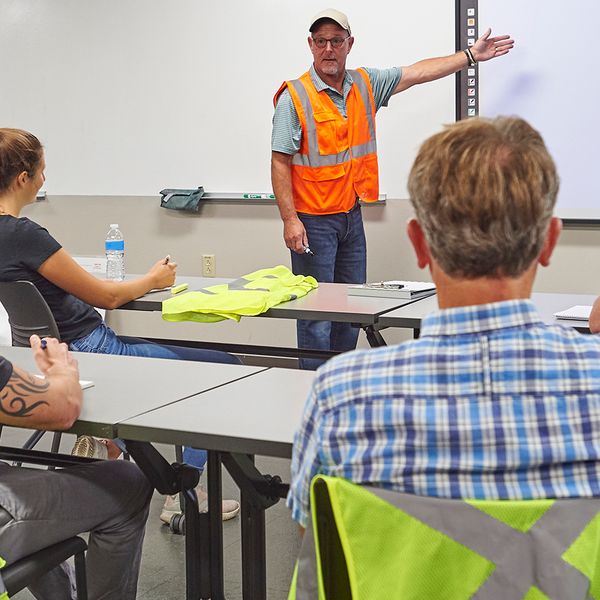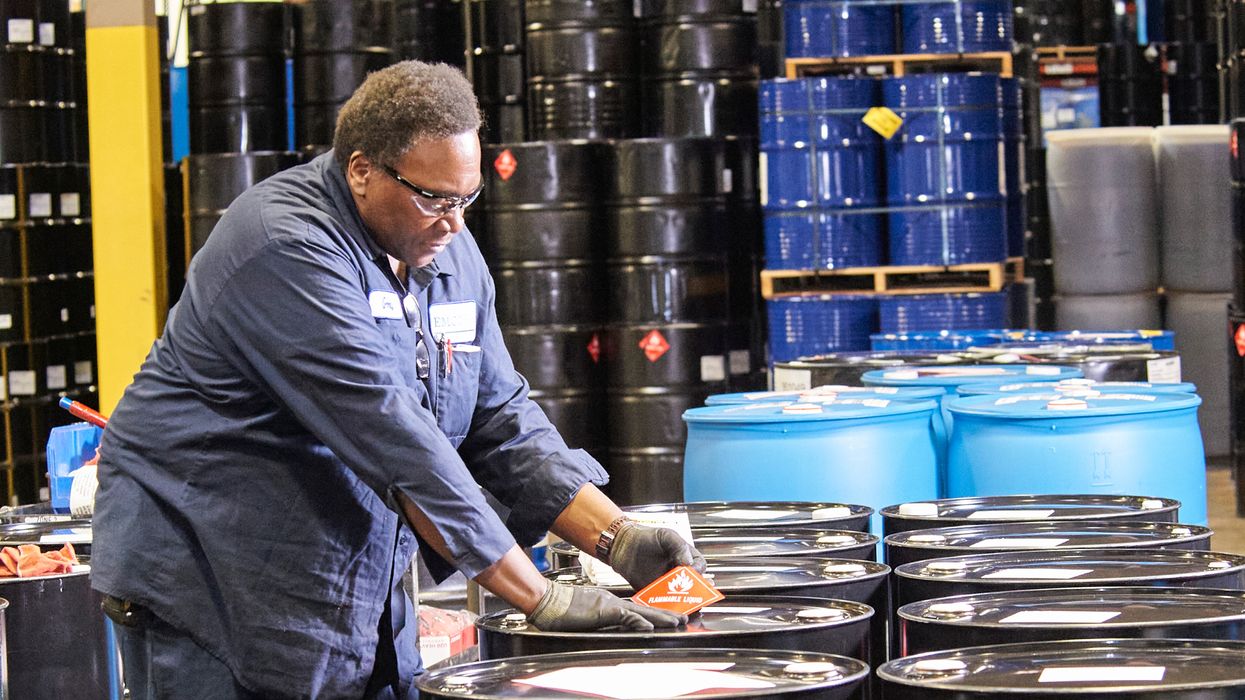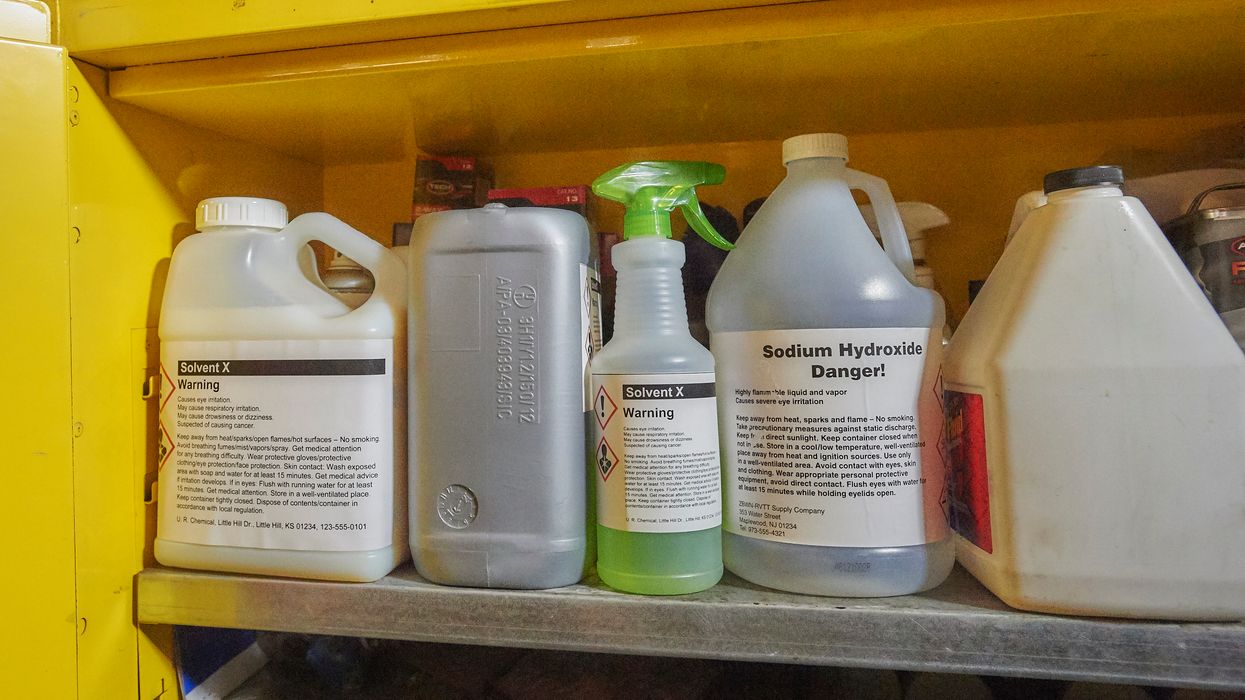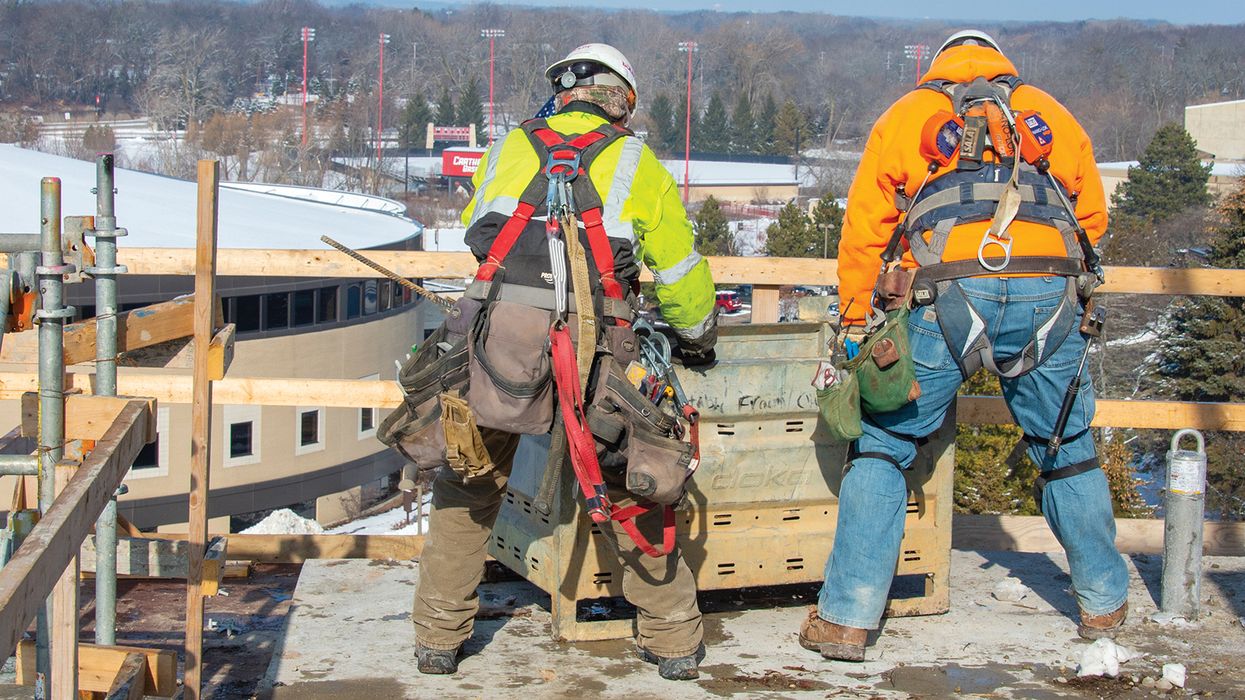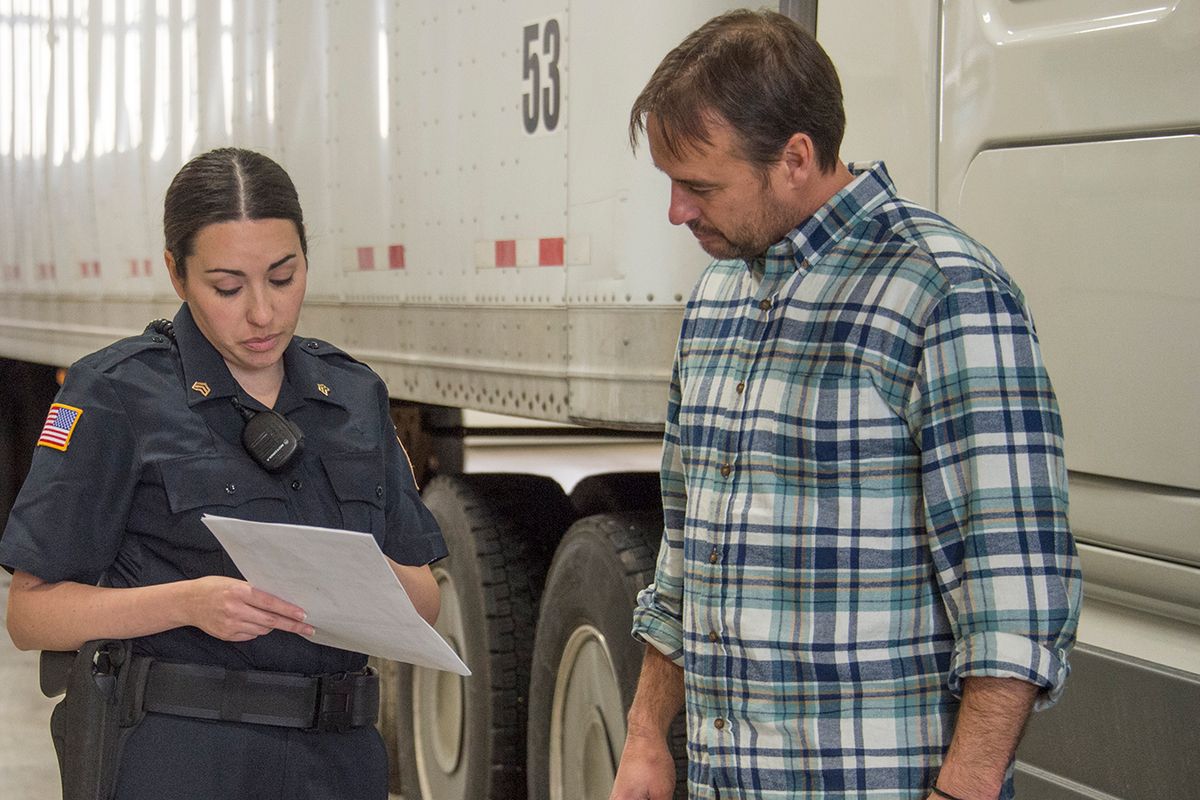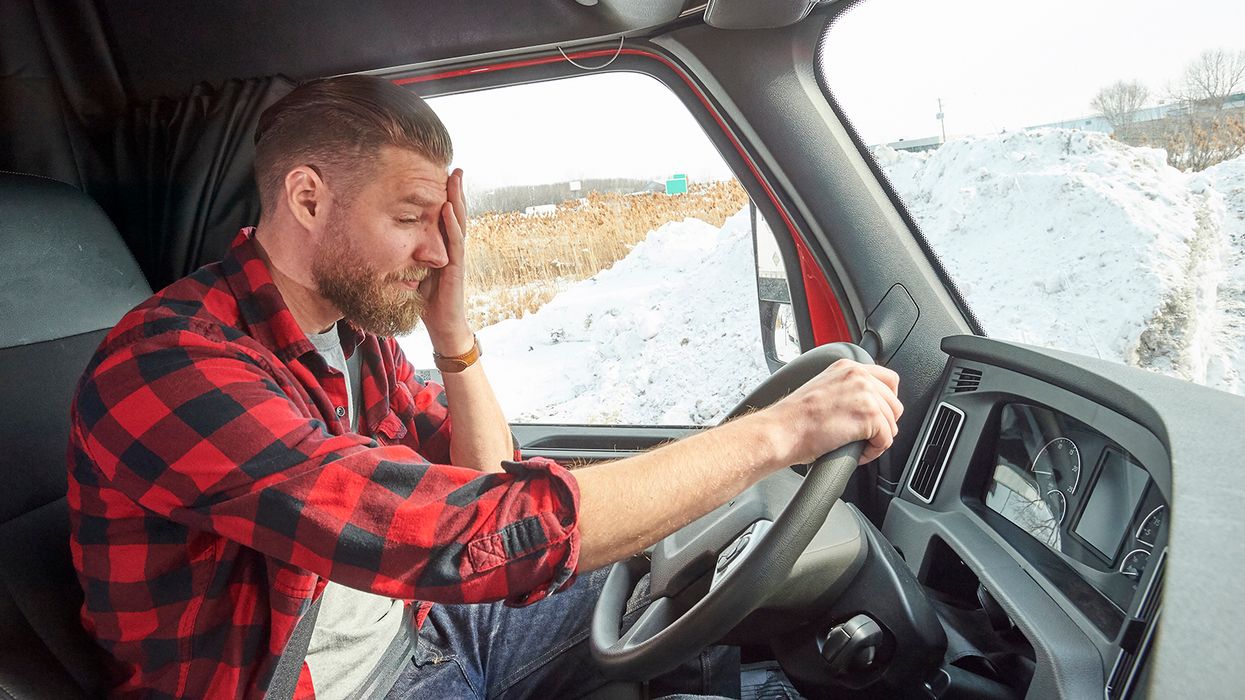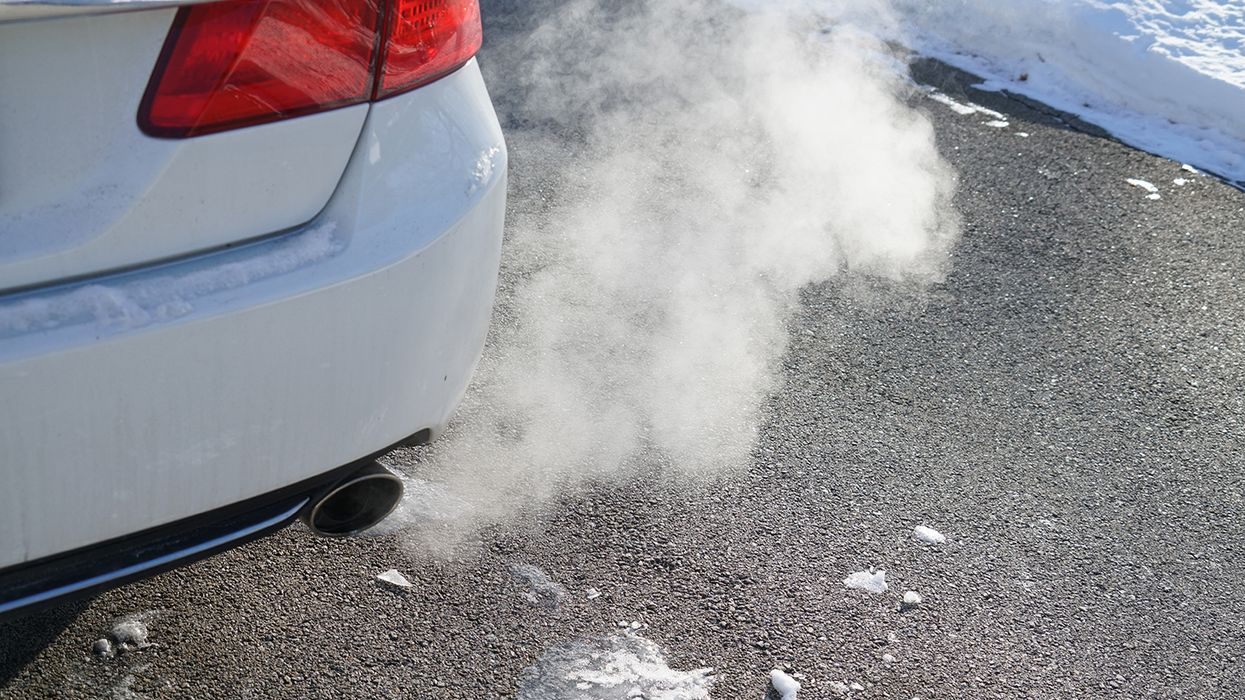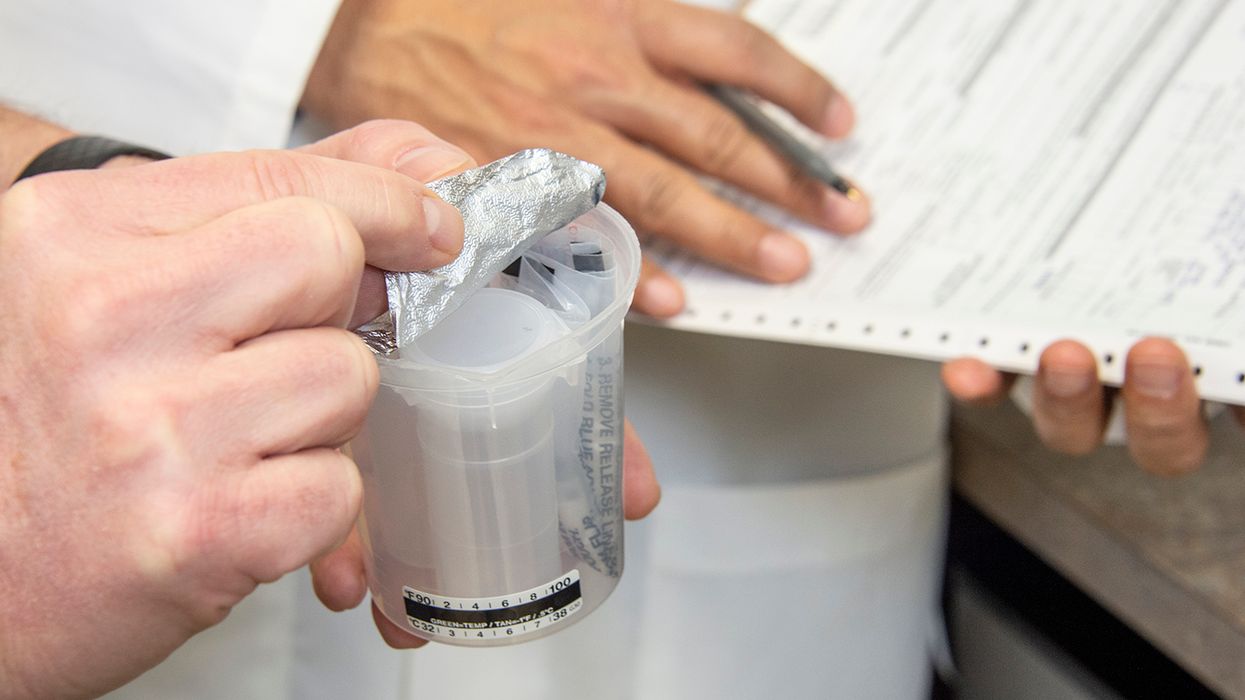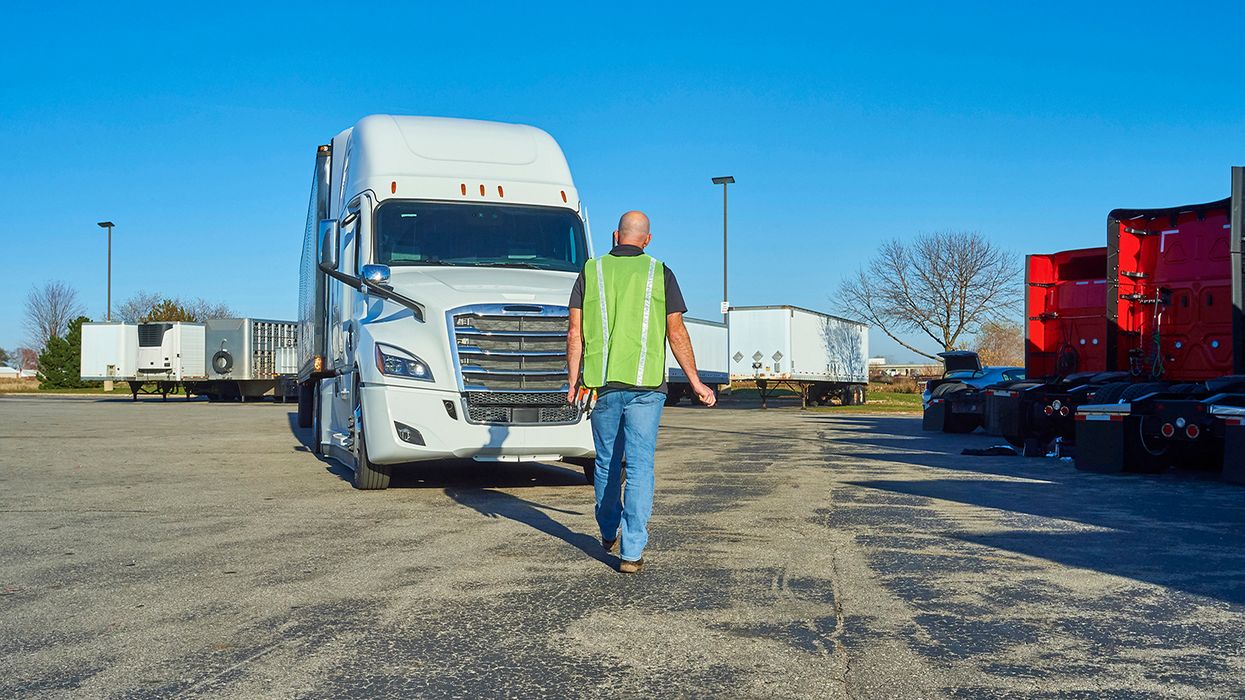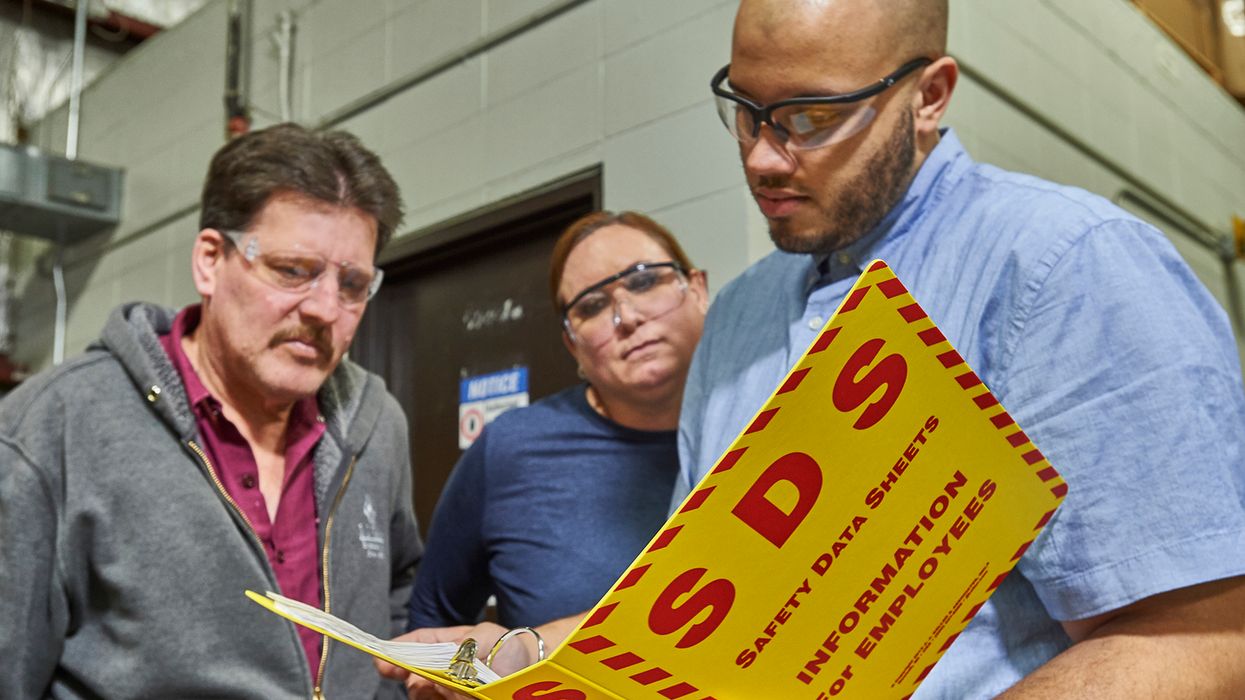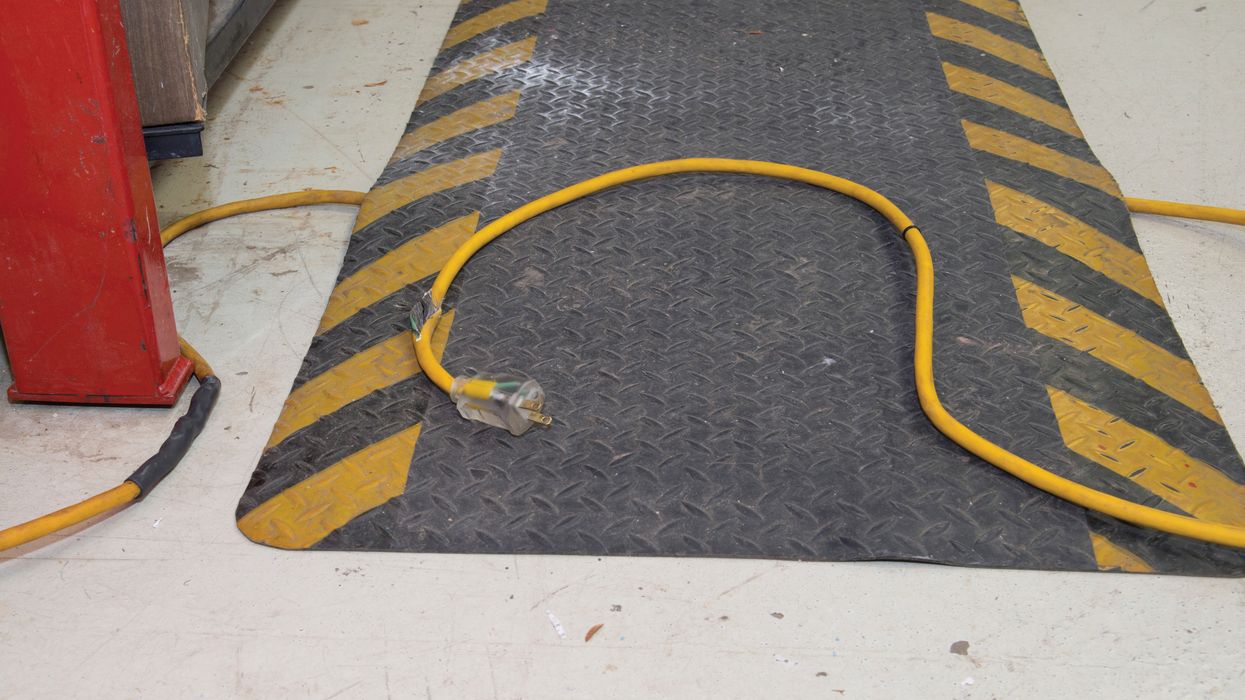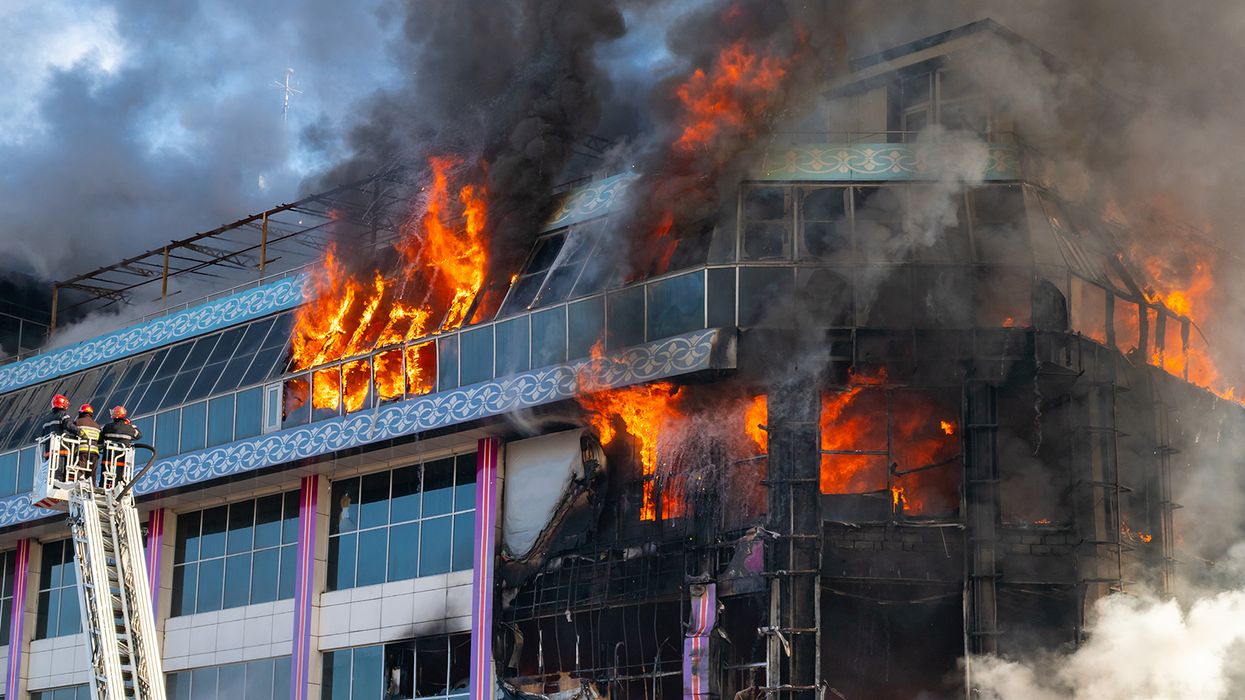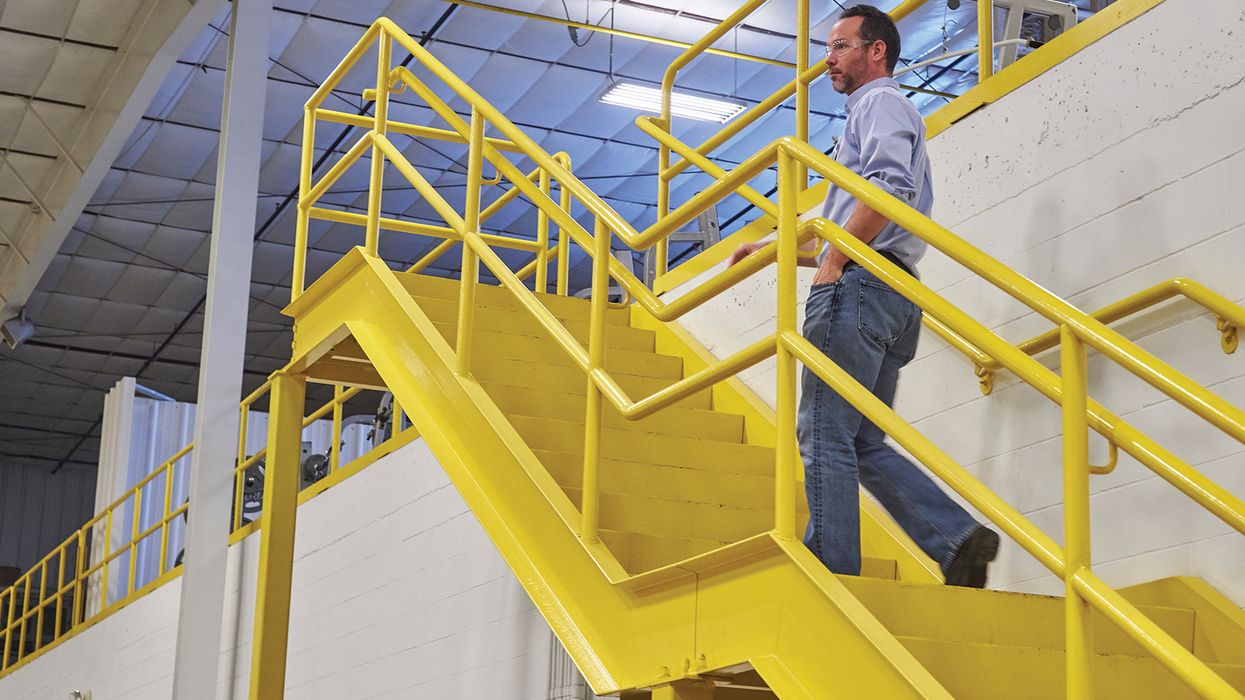Keeping it safe: Your top OSHA training questions answered
OSHA’s general industry regulations (29 CFR 1910) are quite broad, covering a variety of work operations from manufacturing to retail to healthcare to auto repair shops. This wide-ranging set of regulations makes it challenging for employers to determine what training applies to their employees. Let’s take a look at your top questions.
What training does OSHA require?
More than 70 of OSHA’s general industry regulations contain training requirements. This may sound overwhelming, but it’s likely that not all of them apply to your workplace. The training required at your location will vary depending on the hazards your employees face. (See our table of Required General Industry OSHA Training for all Part 1910 requirements.)
If the regulation doesn’t apply to work your employees are performing or a hazard they’re exposed to, you’re off the hook and don’t need to train on that topic. As an example, OSHA has training requirements for commercial diving operations; these won’t apply to most employers. Many regulations have scope and definitions sections at the beginning that explain who it applies to. This can provide clarification on whether it’s applicable to your work operations.
What if a regulation doesn’t mention training?
Some regulations, like machine guarding, don’t explicitly mention training; however, delivering some training is a smart idea. Without that kind of training, employees may suffer amputations (or worse). Employees need to understand how to safely operate machinery, including how machine guards work. The operator’s manual is also a great resource when it comes to training on specific machinery or equipment, and suppliers may offer training when delivering or installing equipment.
What training is needed in state-plan states?
Twenty-two states and territories have plans that cover both private sector and state and local government workers:
| Alaska Arizona California Hawaii Indiana | Iowa Kentucky Maryland Michigan Minnesota | Nevada New Mexico North Carolina Oregon Puerto Rico South Carolina | Tennessee Utah Vermont Virginia Washington Wyoming |
These state-plan states must have standards that are at least as effective as federal OSHA, and they may have additional or more stringent requirements that could involve employee training.
What training documentation is needed?
Some, but not all, OSHA training regulations require records of training to be kept. Regardless, it’s a best practice to keep training records no matter the topic. Documentation ensures your training program stays organized, and it supplies an answer to one of the first questions an OSHA compliance officer will ask: “Did the employee(s) receive adequate training to do the job?”
Who needs OSHA 10- and 30-hour training?
Federal OSHA doesn’t require OSHA 10- and 30-hour training, but some states, municipalities, general contractors, and employers do. The OSHA 10-hour class provides workers with awareness of common job-related safety and health hazards, while the 30-hour class is geared toward supervisors or workers with some safety responsibility. OSHA notes that the classes don’t meet any of its training requirements; employers are still responsible for training their workers on specific hazards of their job.
Key to remember: OSHA doesn’t have a one-size-fits-all training requirement for general industry employers. Training is sprinkled throughout Part 1910 and depends on the hazards employees are exposed to.

